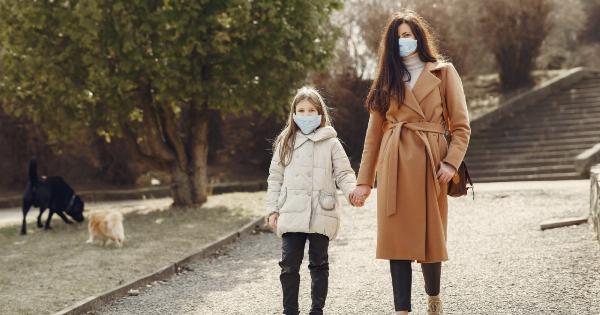Red meat has long been a staple in many diets around the world. It is a rich source of essential nutrients such as protein, iron, and vitamin B12.
However, in recent years, concerns have been raised about the potential health risks associated with consuming red meat. This has prompted many individuals to question whether there is a safe amount of red meat that can be consumed on a weekly basis.
The Health Risks of Red Meat Consumption
Research has shown that excessive consumption of red meat, particularly processed red meat, may increase the risk of certain health conditions. These include cardiovascular disease, type 2 diabetes, and certain types of cancer such as colorectal cancer.
The high saturated fat and cholesterol content in red meat, along with the presence of chemicals formed during cooking processes, are believed to contribute to these negative health effects.
Recommended Red Meat Intake
The World Health Organization (WHO) recommends limiting the consumption of red meat, particularly processed red meat, to reduce the risk of certain diseases.
Their guidelines suggest that individuals should consume no more than 500 grams (cooked weight) of red meat per week, equivalent to around 17.6 ounces. This recommendation applies to adults and children alike.
Effects of Excessive Red Meat Consumption
Consuming red meat in excess of the recommended amounts can have detrimental effects on health. Numerous studies have linked high red meat intake to an increased risk of developing chronic diseases.
These risks are particularly evident when red meat is cooked at high temperatures or when processed meats, such as sausages and bacon, are consumed.
Moderation is Key
While red meat does provide essential nutrients, it is important to consume it in moderation. The key to a healthy and balanced diet lies in variety and portion control.
Red meat can still be enjoyed as part of a well-rounded diet, but it should not be the main focus of every meal.
Alternatives to Red Meat
For those concerned about the health risks associated with red meat consumption, there are numerous alternatives available.
Lean poultry, fish, legumes, and plant-based protein sources, such as tofu and tempeh, can provide the necessary nutrients typically found in red meat.
Preparing Red Meat
The way red meat is prepared can also impact its potential health risks. It is advisable to choose lean cuts of meat and trim off visible fat before cooking.
Additionally, using healthier cooking methods such as grilling, baking, or steaming, as opposed to frying or barbecuing, can help minimize the formation of potentially harmful chemicals.
Individual Variations
It is important to note that the impact of red meat consumption on health can vary among individuals. Factors such as genetic predisposition, overall dietary patterns, and lifestyle choices may influence how the body responds to red meat.
Some individuals may be more tolerant of red meat consumption than others.
Consulting with a Healthcare Professional
If you have concerns about red meat consumption and its potential effects on your health, it is always a good idea to consult with a healthcare professional.
A registered dietitian or doctor can provide personalized advice based on your individual circumstances and medical history.
Conclusion
While red meat can be a valuable source of essential nutrients, it is prudent to consume it in moderation. The WHO recommends limiting red meat intake to no more than 500 grams per week.
Choosing lean cuts, trimming visible fat, and opting for healthier cooking methods can help reduce potential risks. Additionally, individuals should consider incorporating alternative protein sources into their diets. Ultimately, maintaining a well-balanced and varied diet is crucial for overall health and well-being.






























